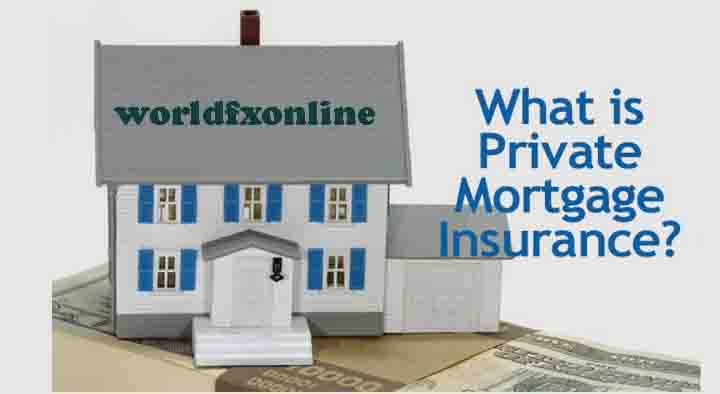How To Avoid Private Mortgage Insurance? Mortgage insurance is very expensive and should be avoided at any cost. The bad news is that not every home buyer can afford the required down payment by buyers. This leads to the need for this insurance.
If you are buying a home, you should look for ways to avoid mortgage insurance. People who own a home and still pay mortgage insurance must find a way to get rid of it. Mortgage insurance can be avoided and I am here to tell you how.
In this article, you will learn about the top tips to avoid Private mortgage insurance.
Table of Contents
What is mortgage insurance?
Mortgage insurance aka Private Mortgage Insurance (PMI) is the insurance policy for the borrowers who are not eligible when they borrow money.
PMI (Private Mortgage Insurance) protects the lender if the borrower defaults on the mortgage. For example, if you get a traditional mortgage without a 20% down payment; You need to buy a PMI.
Lack of required down payment will indicate that you are not financially fit. This is why lenders will hesitate to pay you. Those who lend you money will need some security. The mortgage insurance strategy will do.
So, how can you avoid personal mortgage insurance? In this article, I have compiled a list of tips you can use to avoid personal mortgage insurance (PMI).
How to Avoid Paying PMI
In some cases, PMI can be avoided by using a piggyback mortgage. If you want to buy a home for $ 200,000, but only have enough money left for a 10% down payment, you can make a deal called the 80/10/10 deal.
You will take a loan of 80% of the total value of the property or $ 160,000, and then another loan called a piggyback for $ 20,000 (or 10% of the value). Finally, as part of the transaction, you keep the last 10% or 20,000.
By sharing loans, you can deduct interest on both of them and avoid PMI altogether. Of course, there is a catch. Often the terms of a piggy bank loan are risky.
There are also many adjustable-rate loans that have balloon provisions, or within 15 or 20 years (as opposed to mortgages over 30 years).
You May Also Like: Requirements For USDA Home Loan
A good reason to avoid Private mortgage insurance
1. Cost
The PMI is usually between 0.5% and 1% of the total amount on an annual basis. This means you can repay a loan of $ 1,000 per year or $ 83.33- $ 100,000 per month, with a 1% PMI fee. However, according to Zillow, the average list price of U.S. homes is about 250 250,000 (as of September-22), which means families could spend $ 3,420 per year on insurance. This is as much as a small car payment!
2. Payment on and off
One final point to note is that some donors require you to maintain a PMI agreement for a specified period of time. Therefore, even if you meet the 20% limit, you may still be forced to continue paying for mortgage insurance.
3. Your heirs get nothing
Most homeowners hear the term “insurance” and assume that they will receive some form of financial compensation if their spouse or children die, which is not true. The issuing institution is the sole beneficiary of such policies and the proceeds go directly to the issuing provider (not indirectly to the first heirs). If you want to protect your heirs and pay for their life after your death, you need to get a separate insurance policy. Don’t be fooled into thinking that PMI will help someone other than your mortgage lender.
4. No Longer Deductible
As of 2017, the PMI was still tax-deductible, but only if the combined total income of a married taxpayer is less than $ 110,000. This means that many families with double the income were deprived of the cold. The 2017 Tax Cuts and Jobs Act (TCJA) completely eliminate deductions for mortgage insurance premiums effective from 2018.
5. Hard to cancel
As mentioned above, usually when your equity is above 20%, you do not have to pay PMI. However, removing the monthly burden is not as easy as not sending the payment. Many donors will need to draft a letter asking you to cancel the PMI and insist on a formal home appraisal before canceling it. Overall, depending on the donor, this may take several months, with PMI still to be paid.
6. Pay the money
Home buyers will have to pay PMI less than 20% of the sale price until the total equity of the house reaches 20%. It can take years, and that’s a lot of money you’re literally paying. To better show the cost, if a couple owns a 250,000 home, they take 20 208 per month to spend on PMI and invest it in mutual funds, which generates a compounded annual growth rate of 8%. Within 10 years the money became 37,707 (assuming no tax was collected).
Bottom line
PMI is still high. As long as you are able to get 20% equity in the house in a few years, it is understandable to wait until you can make a big down payment or consider a less expensive house. This will increase the affordability by a 20% down payment more affordable.
You May Also Like: What Is A Conforming Loan Limits And How It Work?

